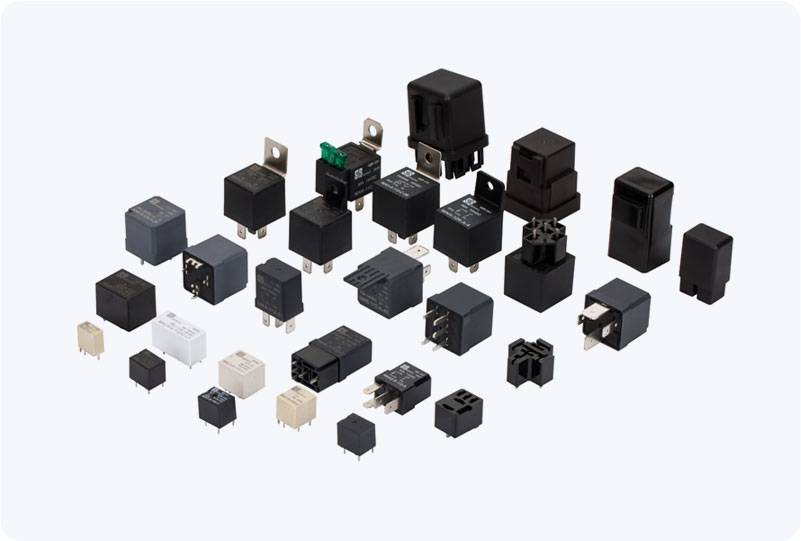Motor Overload Relay is an essential component in industrial and commercial electrical systems. This protective device plays a critical role in safeguarding electric motors, which are vital to many machines and equipment in factories, manufacturing plants, and other industries. Understanding the significance of a Motor Overload Relay and its working principles is crucial for ensuring the longevity and proper functioning of electric motors.

What is a Motor Overload Relay? A Motor Overload Relay (MOR) is a device that protects electric motors from damage caused by overcurrent or excessive heat. It detects the amount of current flowing through the motor and, if the current exceeds a preset limit, the relay will break the electrical circuit to prevent further damage. This protection mechanism helps to avoid motor burnout, overheating, and potential failure, which could lead to costly repairs or replacements. Electric motors, while generally reliable, can be subject to various operational challenges. For instance, if the motor is forced to work under a heavy load for an extended period, it will draw more current than it is designed to handle. This sustained overcurrent can lead to excessive heat generation within the motor’s windings, which can degrade insulation and eventually cause the motor to fail. The overload relay serves as a safeguard by detecting these dangerous conditions and disconnecting the motor before any significant damage occurs.